It’s time to get your home winter-ready and we’ve got your to-do list, starting with the top three must-dos from none other than HGTV Canada home expert, Mike Holmes.
Published July 21, 2017, Updated October 23, 2021
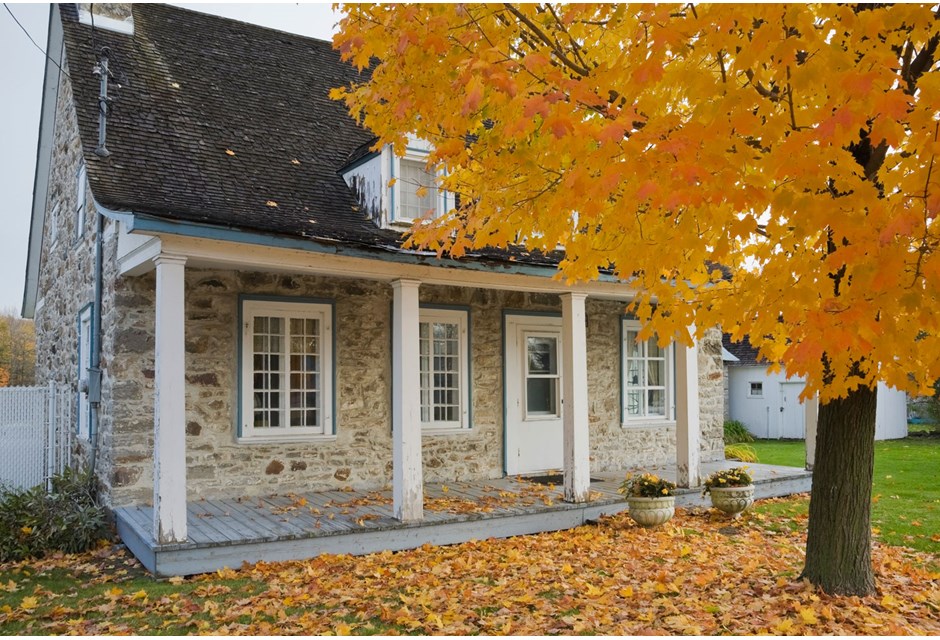
Mike Holmes Must-Do #1: Check the Roof
If you’re missing shingles or if they’re buckling, curling or look worn out, you need to get your roof re-shingled. Don’t put it off until spring! Your roof is your home’s first line of defense, especially during winter. And make sure the roofers remove the old shingles and check the roof deck. If they don’t remove the old shingles the warranty on the new ones might not be valid.
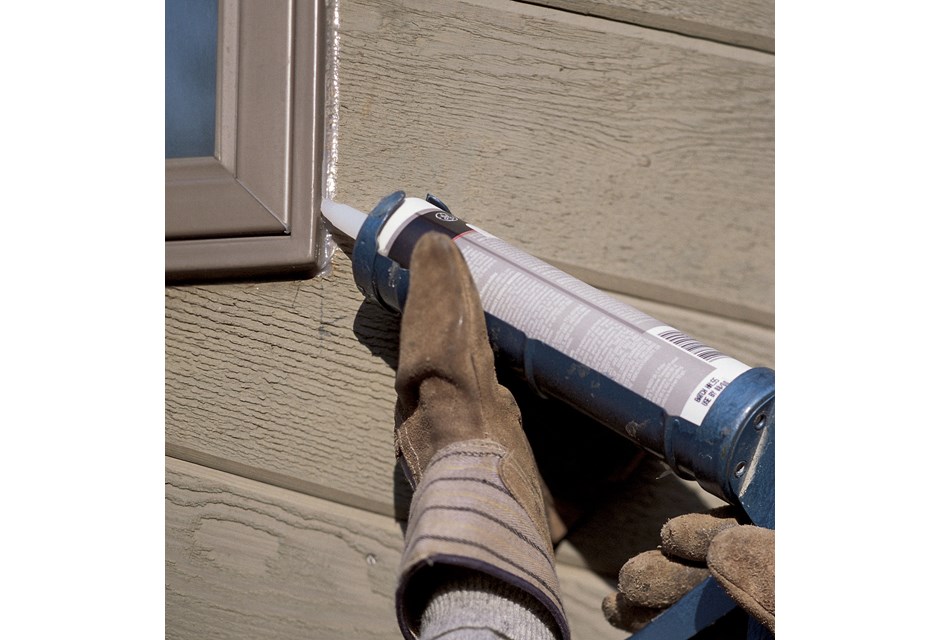
Mike Holmes Must-Do #2: Caulking & Weatherstripping
Check the caulking around your windows and doors, and any other openings along the exterior, like plumbing and vents. If the caulking is cracked it should be replaced. Bad caulking can lead to drafts, which could cause your home to lose up to 30% of its heat! The best outdoor caulking is rubberized. It lasts longer and it’s flexible, so it moves with the natural expansion and contraction of the home. Also, replace the seal and weather-stripping on doors and windows to stop cold drafts from coming in.
Related: Cost-Effective Tricks to Stay Warm as the Temperature Drops
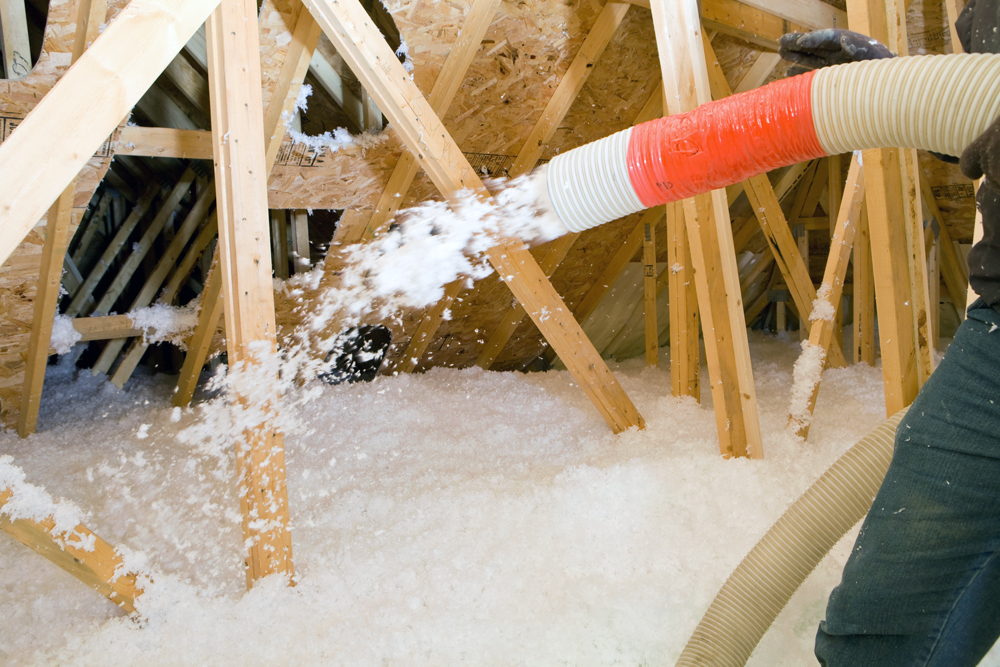
Mike Holmes Must-Do #3: Extra Insulation in the Attic
Your attic should have a minimum of 12-15 inches of blown-in insulation. It also needs to be properly sealed from the rest of your home with a vapour barrier, and ventilated to let any moisture escape. The attic is a cold zone, so it should be the same temperature as outside. If your attic doesn’t have enough insulation, those outdoor temperatures will make their way into your home below, which is a waste of energy and money.
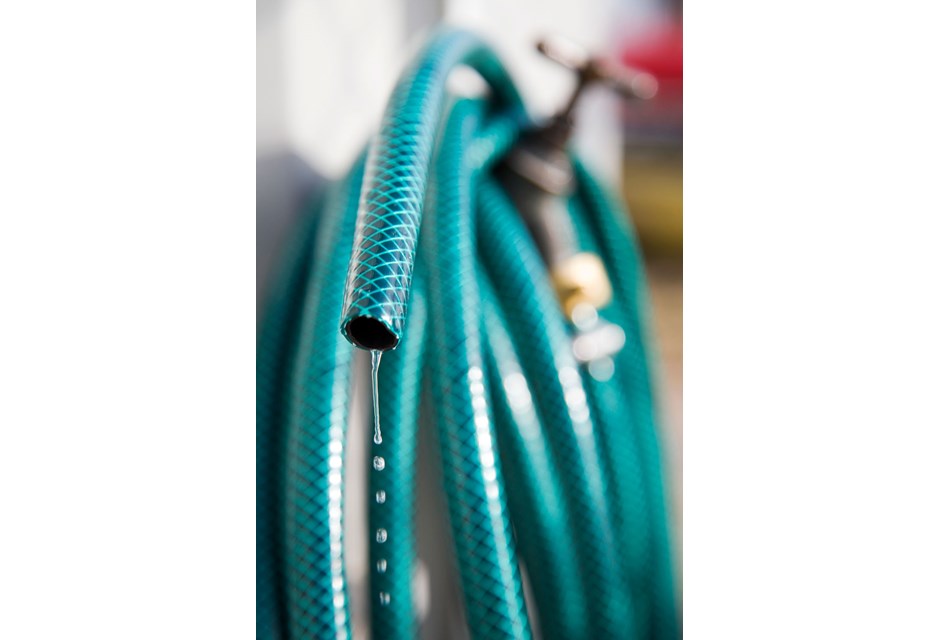
Drain All Outdoor Water
Now that you’ve taken care of Mike Holmes’ Big 3, and your home is sealed, capped, and stuffed, we know you’ll be warm this winter. But we’re not quite through with that To-Do list just yet. Before the temperature starts dipping below zero, drain and put away your hoses, drain and turn off sprinkler systems and outdoor water taps. Wrap all taps to prevent air leaks and cracks from the cold.
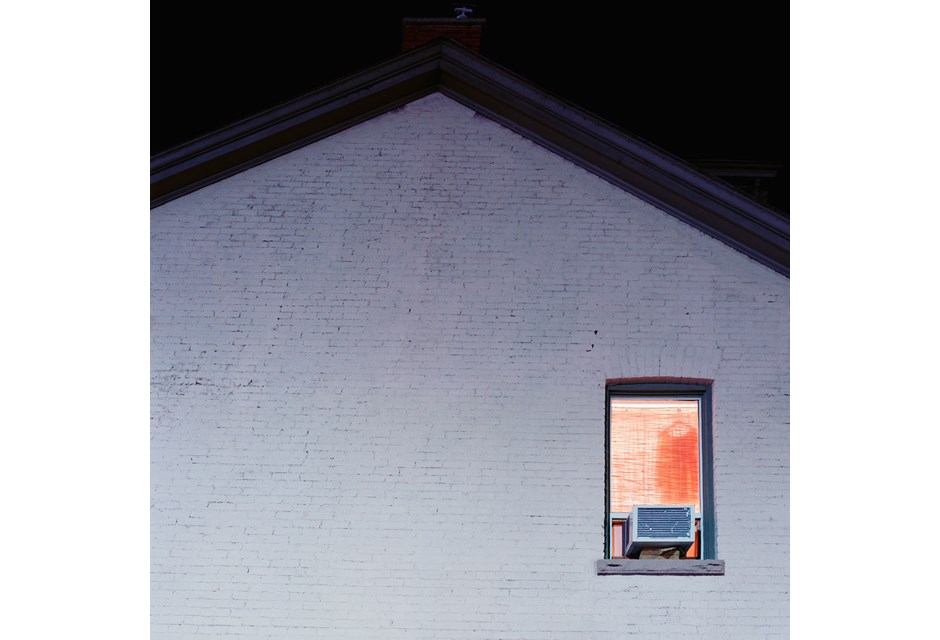
Window A/C Units
Clean and remove window air conditioners, or if they remain in the window over the winter, seal with an insulated liner to prevent drafts.
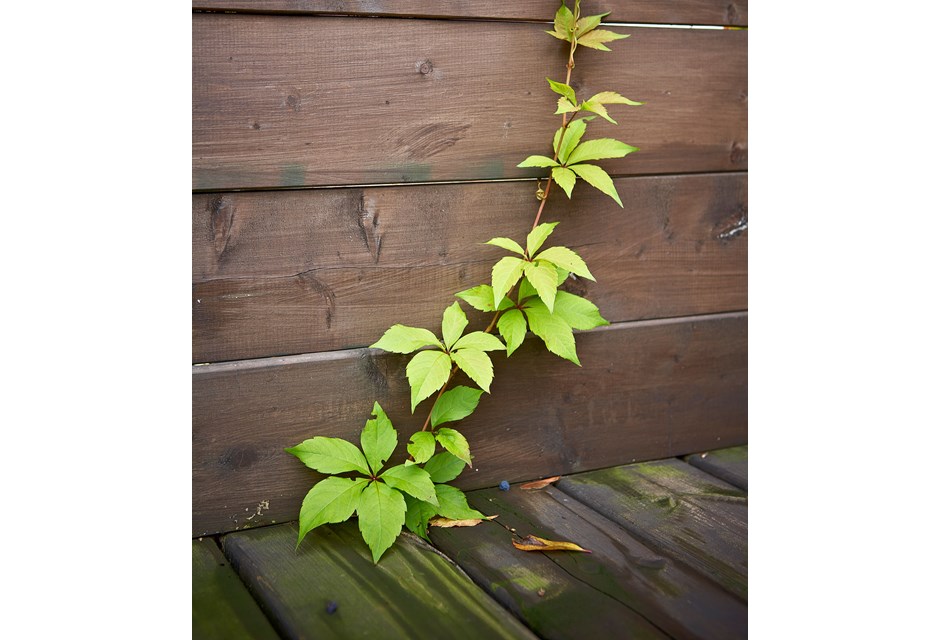
Wooden Deck Maintenance
Give your deck a good clean. Clear between the boards to ward off mould and mildew growth. And when you have a stretch of dry warm weather, you may want to coat the deck with a sealant such as Thompson’s Water Seal to keep it protected.

Patio Furniture
Extend the life of your patio furniture by covering it up or storing it in a shed. While you’re out there, you also might want to pull in any planters and pots that will crack in the cold.
Related: How to Winterproof Your Cottage, Trailer or Mobile Home
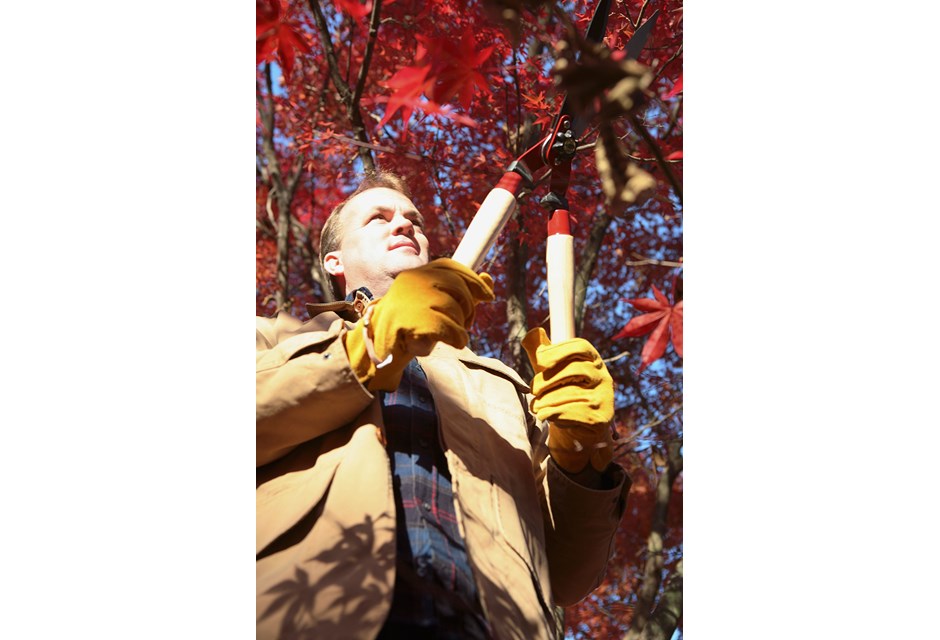
Prune Trees Close to Your House
After the ice storms of winter 2013, it would be prudent to cut back on any unhealthy or overgrown branches, especially near electrical wires.
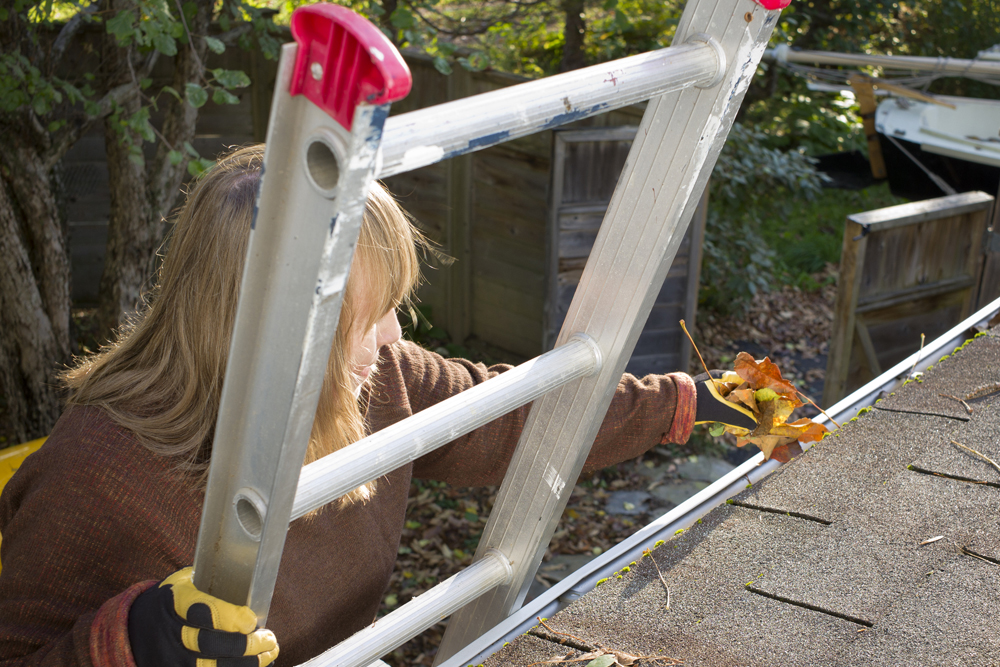
Eaves
Once all the leaves have fallen, clean and inspect your eaves and downspouts. Make sure water is being directed away from the foundation. Clear outdoor drains of leaves and debris.
Related: Tips on How to Use Your Balcony All Fall and Winter
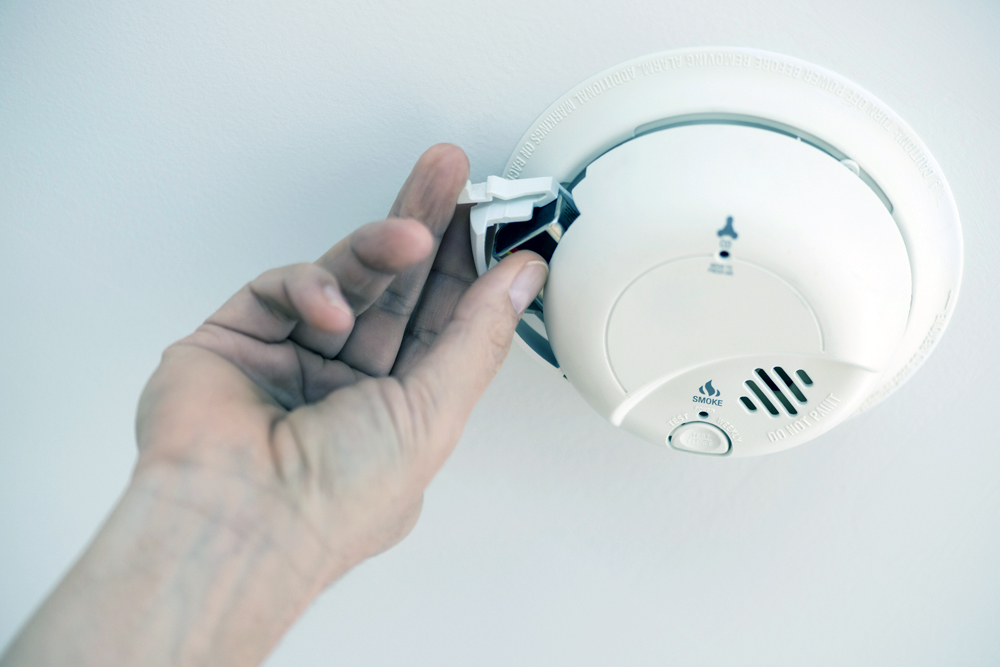
Fire & CO2 Alarms
There should be a working fire and CO2 alarm on every floor. Check to make sure they are in working order, change batteries or replace as required, and be sure to dust them off as small particles can affect sensors.
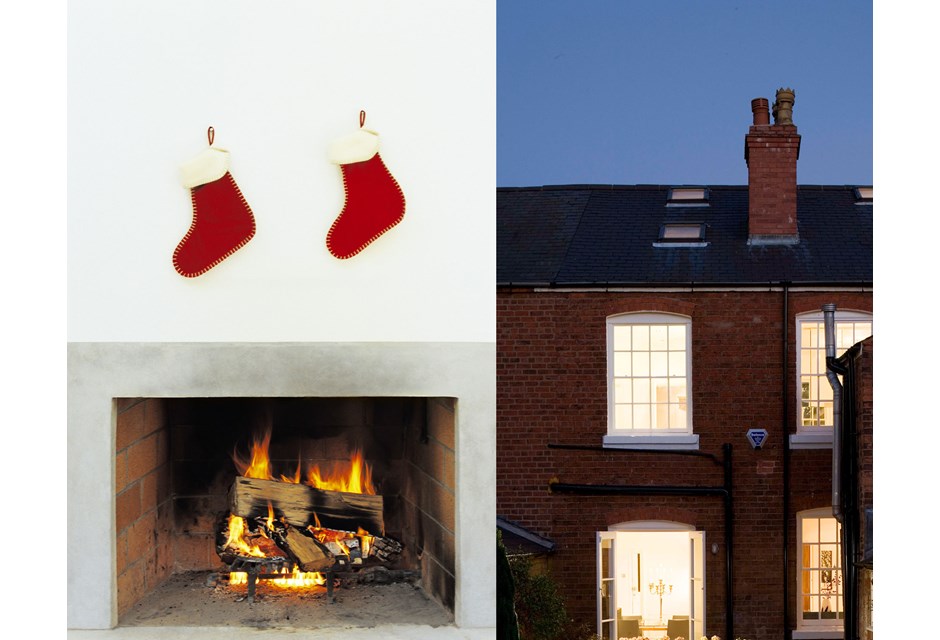
Fireplace and Chimney
Conduct an annual inspection on your fireplace and chimney. Make sure your flue is clean and the chimney is healthy. This will improve the heating quality of your fires as well as prevent potential chimney fires.
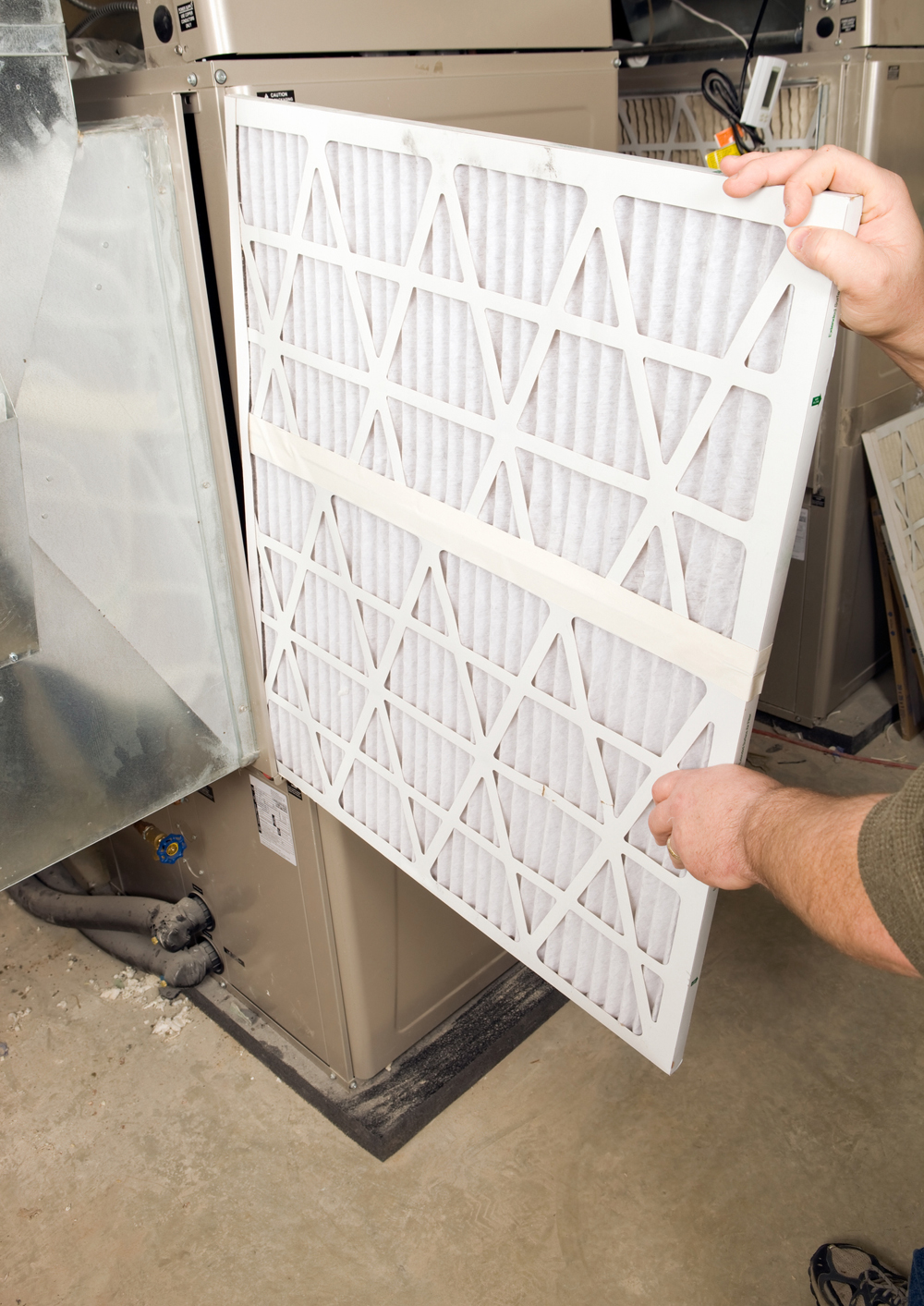
Furnace Maintenance
Change your furnace filter. If you’re super diligent, you should be going it once a month, especially in the winter. It will improve your home’s air quality and make your furnace more efficient.
Tip: While you’re buying batteries for the alarms, pick up an arm load of furnace filters to get you through the winter.
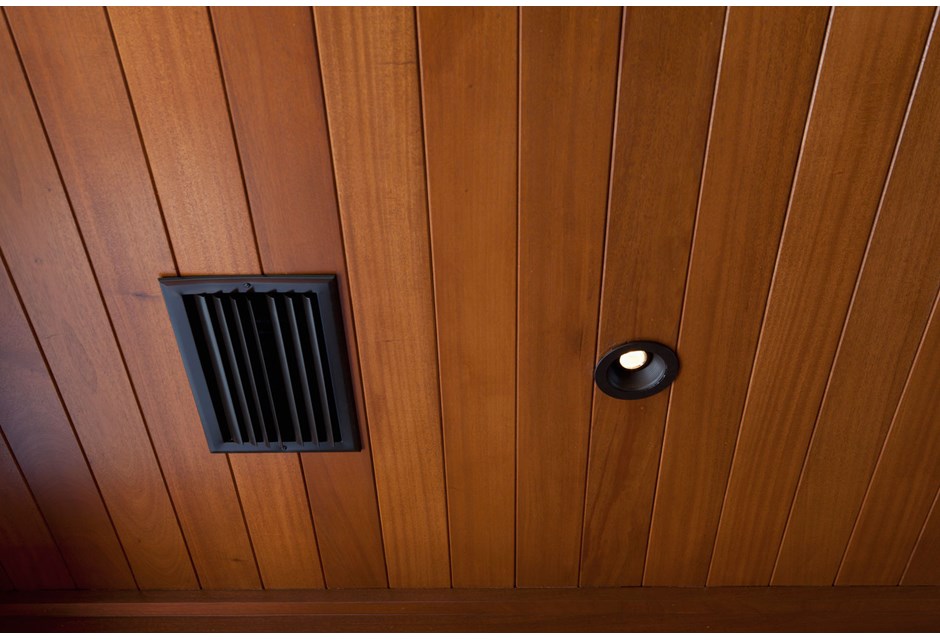
Ducts and Vents
Before the furnace gets turned on, have your ducts cleaned. Again, air quality and efficiency will improve with clean air ducts.
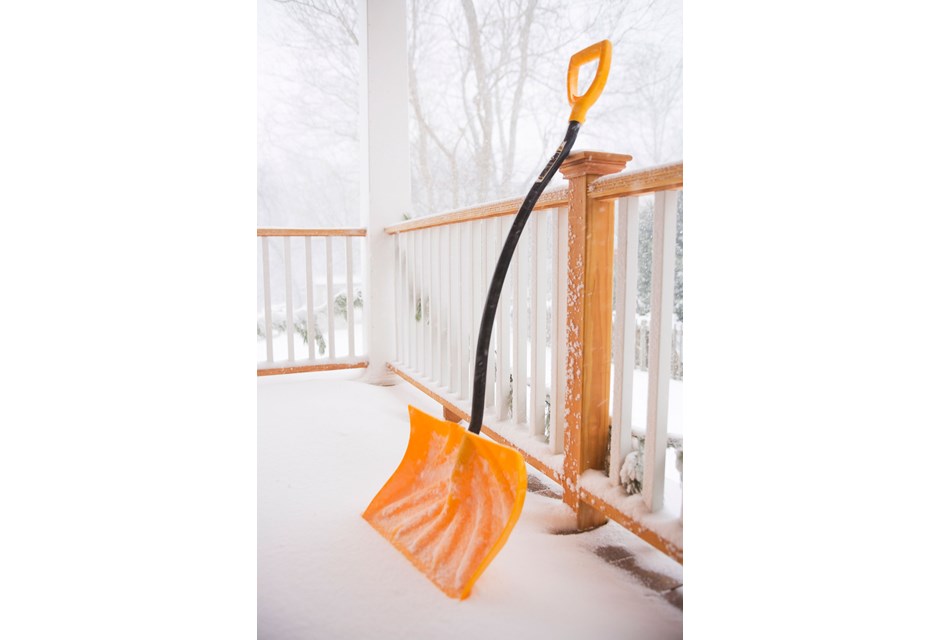
Supplies
Shovels, salt and/or sand should be located in an easy-access place. (For some reason, that first snow fall is always a shocker).

Emergency Kits – Always Be Prepared
Here’s your annual reminder to put together or restock your home emergency kit. Make sure among other things, your kit includes: 1. batteries, 2. candles, 3. flashlight, 4. matches, 5. battery-powered radio, 6. non-perishable (check ‘best before’ dates), 7. food, 8. two liters of water per adult per day. The general thinking is you should have enough of everything your family might require for three days. Don’t forget things like pet food, baby formula and a first aid kit with a reserve of any medications you need.
HGTV your inbox.
By clicking "SIGN UP” you agree to receive emails from HGTV and accept Corus' Terms of Use and Corus' Privacy Policy.




